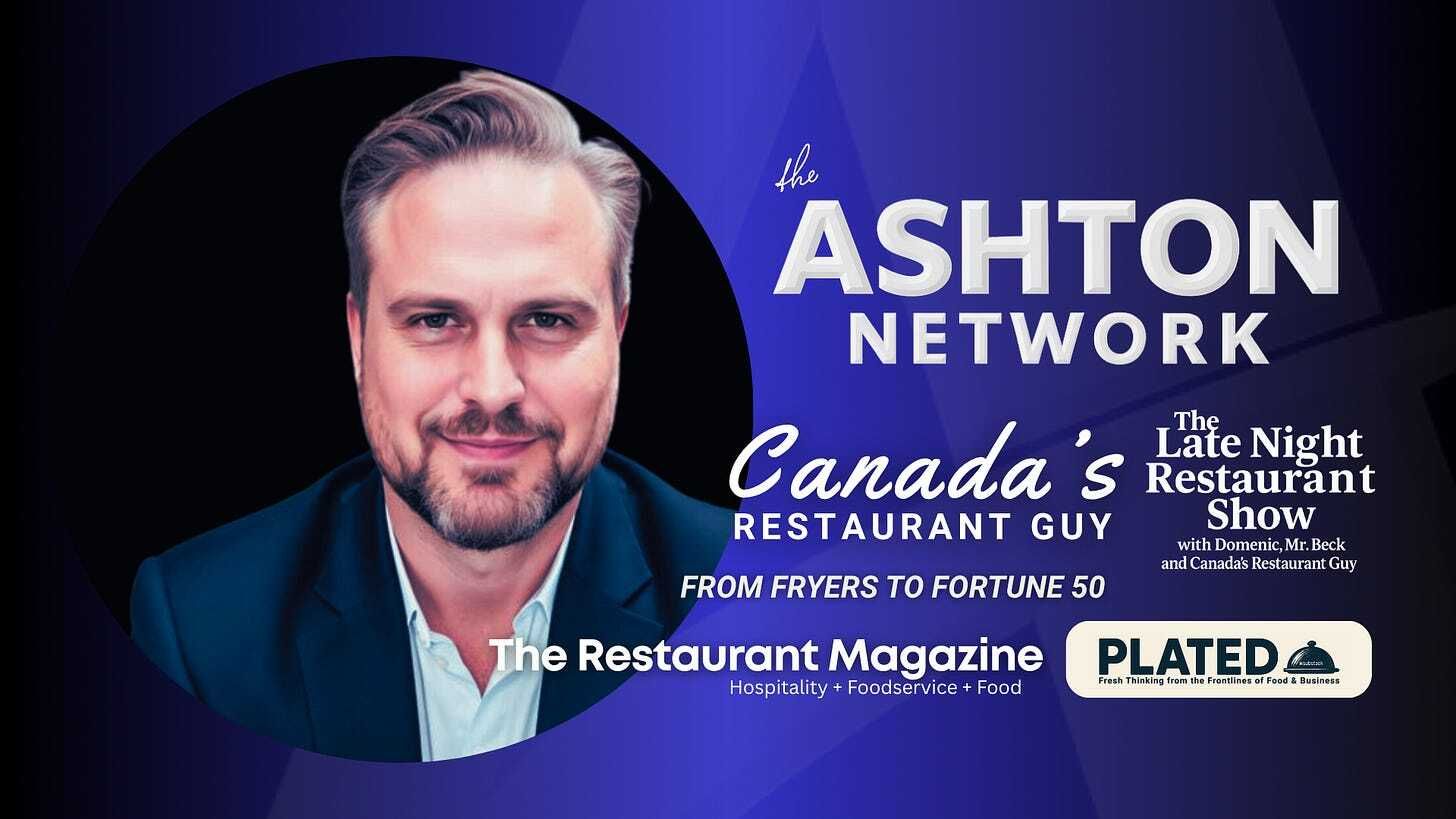The first time I truly saw it was during a Saturday night dinner rush at a family-run spot in Red Deer. The place was packed tight, the ticket printer was spitting orders like a slot machine, and the chef on the grill, Jay moved like he’d been born for this. He barked temperatures, flipped burgers without looking, slid garnishes onto plates with the same hand that was stirring a sauce. Around him, the team was starting to fray under the weight of the rush. But Jay? He was calm, quick, almost joyful in the middle of it. Later, sitting on milk crates near the back door, the night air cooling the sweat on our faces, Jay told me he had ADHD. He didn’t say it like a confession. He said it like a fact. And it hit me right then his mind wasn’t fighting the chaos, it was thriving on it.
For years, ADHD has been spoken about in whispers, framed as a flaw, a liability. But anyone who has worked the floor, led a kitchen, or run a business in any industry knows that chaos isn’t always a bad thing it’s often where innovation is born.
Hospitality runs on split-second decisions, improvisation, and relentless energy. And that’s exactly where someone like Jay doesn’t just survive he excels. Studies estimate that roughly 2.5% to 3.5% of adults worldwide live with ADHD, and more than half of those diagnosed as children carry it into adulthood. That’s not a handful of outliers that’s a vast pool of untapped talent, not only in our restaurants and hotels but across every sector.
Consider what a Saturday rush demands: a supplier cancels last minute, a party of ten walks in unannounced, a cook goes down just as service ramps up. Most people tighten up in those moments. People wired like Jay? They find clarity. Their minds lock in and spot angles no one else can see. That’s not a disorder in those moments it’s a superpower. And that spark isn’t unique to hospitality. Look at tech startups, creative agencies, or even logistics companies places where quick pivots and fresh thinking make or break the day. The same traits that make Jay shine in a kitchen make others invaluable in boardrooms, warehouses, and studios.
Jay once told me, “When it gets wild, I feel like everything finally makes sense. I don’t overthink. I just do.” I’ve seen that same spark in a bartender in Calgary who creates new drinks weekly from late-night inspirations. In a GM in Edmonton who juggles contingency plans without breaking a sweat. In a pastry chef in Vancouver who pairs flavours no one else would dare to try and makes them work. I’ve seen it too in a marketing director who spins a last-minute pitch into a winning campaign, and in an operations manager who solves supply chain nightmares while others freeze.
Yes, there are challenges. ADHD can make routine paperwork feel like climbing a mountain. Time management can slip. One well-known study found adults with ADHD lose an average of 22 workdays each year to symptoms. But when you create systems that work with their minds instead of against them visual task boards, clear priorities, flexible roles you get back far more: creativity, resilience, and solutions no one else thought to try.
After years of building restaurant teams and consulting with other industries, I can tell you this: the best teams aren’t built from sameness. They’re built from contrast. The visionary next to the detail-keeper. The risk-taker next to the methodical planner. In restaurants, in retail, in startups, in corporate offices the formula is the same. And when ADHD is part of that mix, something electric happens. A manager in Red Deer told me, “Our kitchen hit another level when we stopped trying to make Jay work like everyone else and started letting him lead where he’s strongest.” I’ve heard echoes of that from CEOs and small business owners alike.
This isn’t just a warm story for the hospitality world. It’s a lesson for every business. Right now, with industries everywhere fighting for talent and innovation, celebrating differences isn’t just nice it’s necessary. Write your job ads to welcome quick thinkers and problem-solvers. Train leaders to notice talent that doesn’t fit the mold.
Build spaces that let people use their quirks as strengths.
Next time you’re in the thick of a rush or facing a make-or-break moment in any business take a second and look around. You’ll see them: the ones steady in the storm, smiling under pressure, pulling off solutions that make you wonder how they even thought of it. That’s ADHD in action. That’s the kind of mind every industry needs. And that’s not something to manage.
That’s something to celebrate, up up up and away!





